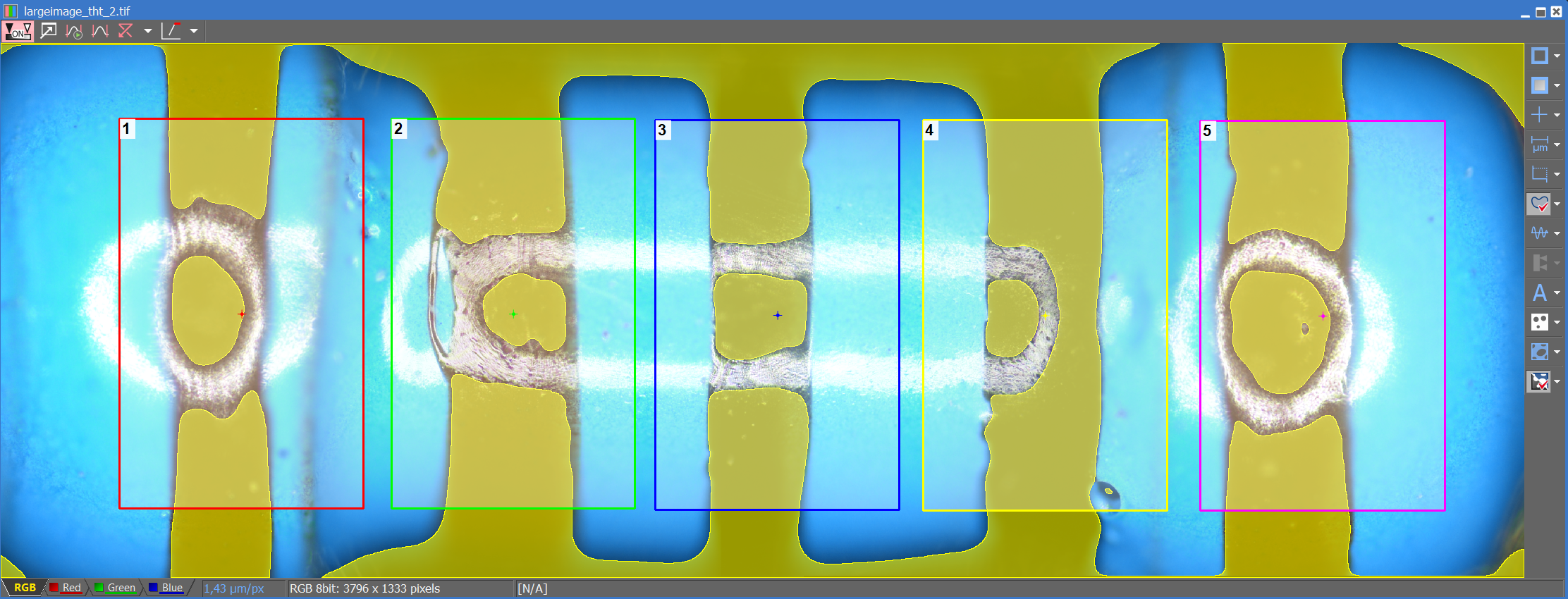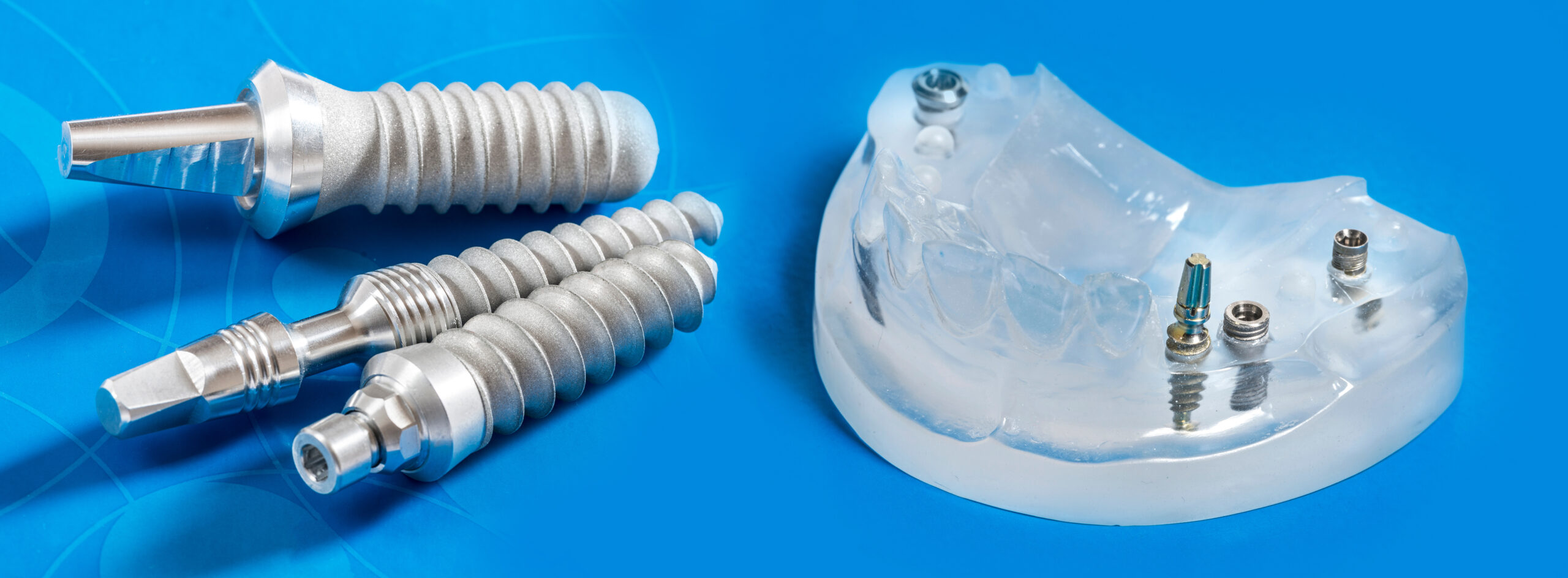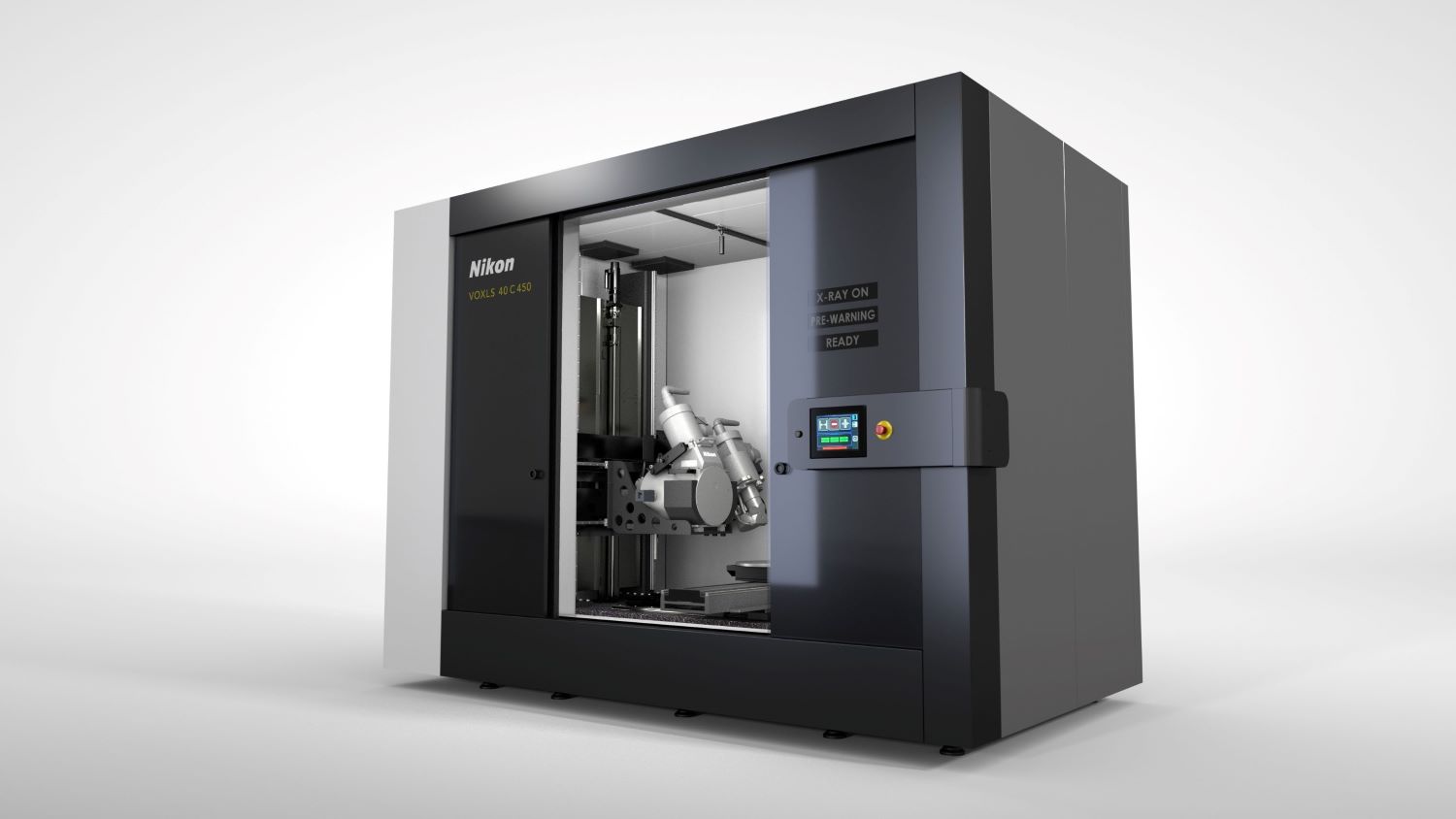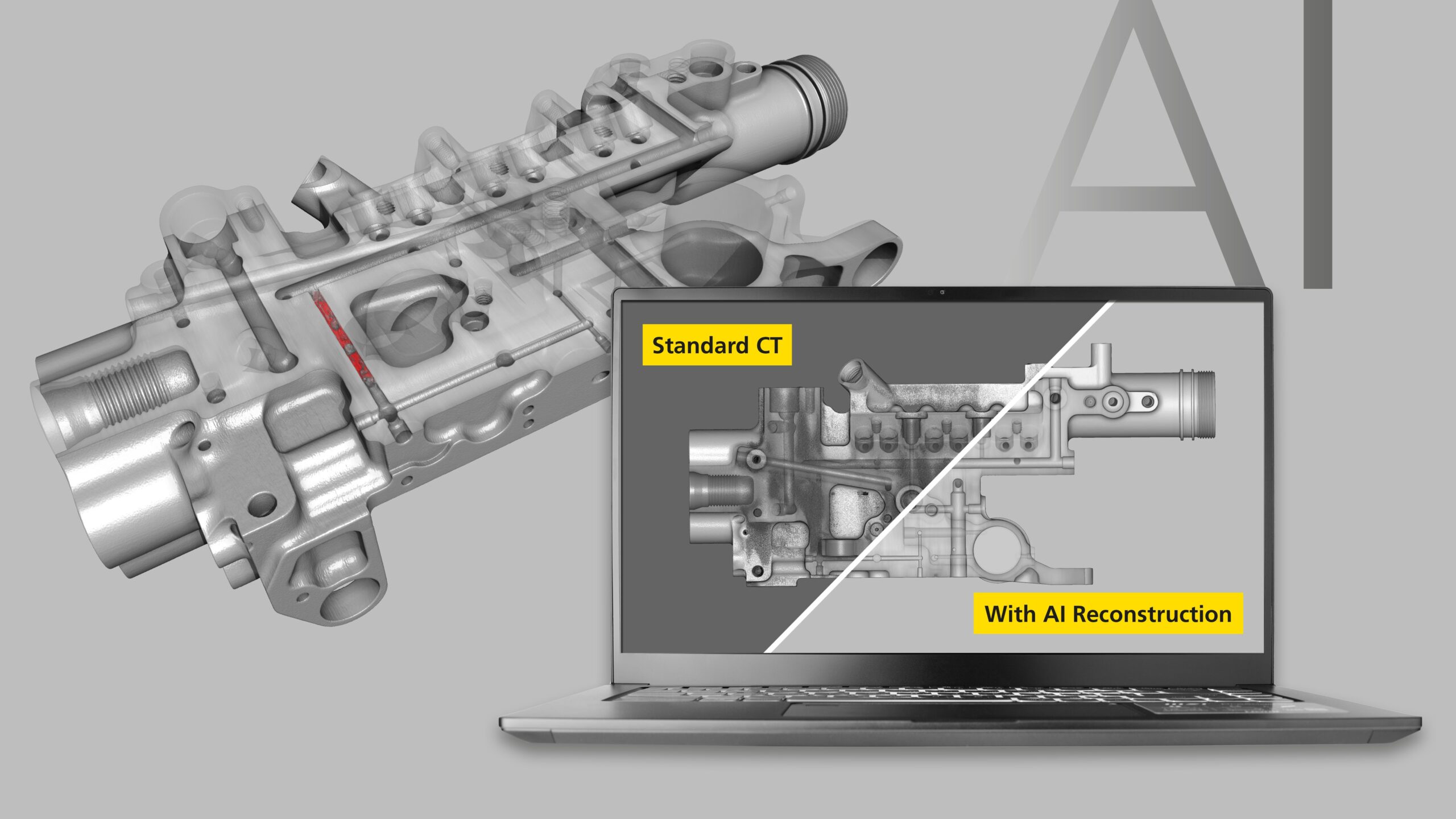During this end-of-year festive season, champagne is the star of the celebrations. Champagne bottles were first sealed with cork in the 17th century. But do you know why cork is used to close champagne and wine bottles?

Cork is the most traditional form of wine closure, with around 70 percent of all wines closed with cork seals. Cork seals the wine by expanding within the neck of the bottle, keeping the wine inside and most oxygen out.


On a cellular level, cork looks like a honeycomb of air pockets. These pockets make cork both watertight and air-permeable. Its tiny pores allow minuscule amounts of air to interact with the wine. A typical cork will let in about one milligram of oxygen per year. It allows the flavor and aroma molecules of wine to evolve and become more complex over time. Therefore, the cork is beneficial to the aging process of wine.
This scan of the month features champagne and wine bottles corks. The scan was performed by Lauren Enghien (Applications engineering manager X-ray & CT). X-ray CT enables to non-destructive visualize the internal structure of the cork.

The X-ray CT scans were acquired using Nikon’s helical acquisition algorithm (X.Tend) at a combined X-ray power between 15 and 60 Watts and a voxel resolutions between 13 and 20µm, using a Nikon XT H 225 ST 2x. This system comes equipped with up to three different Nikon microfocus X-ray sources: a 180 kV, 20 W transmission target, a 225 kV, 225 W reflection target and a 225 kV, 225 W Rotating.Target 2.0. The scans were performed using the 225 kV reflection target and Rotating.Target 2.0 option coupled with a Varex XRD 4343CT flat panel detector. For these scans the detector acquired between 5000 and 8500 projections (individual radiographs) at an exposure time between 250 and 500 ms, resulting in a total scan time between 30 minutes and 2 hours.
Champagne cork
Wine cork







